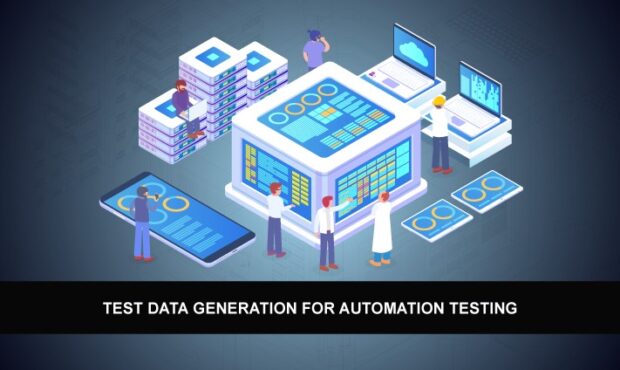The most popular trend in agile development is test automation as it enables the testing teams to prepare the test data and execute complicated test cases which involve complex data. Test automation is highly beneficial for EDI testing process. However, they come with certain downsides and challenges this article discusses 5 challenges of test automation.
1. The Right Time to Automate
Automating the complete system is not possible because not every test case can be addressed. Manual testing is required for demanding areas such as compatibility and user interface. Therefore, for automation, based on your priority, you have to set certain criteria that test cases must meet. Ideally, those areas hold higher priority which is risk vulnerable, or have special interest for clients, or which are based on complex business logic. Identification of priority fields will allow you to apply automation on frequently utilized aspects of the software, hence reducing resource requirement for those areas.
2. Picking the right automation tool
Picking the right tool for test automation is another challenge because of a variety of reasons. Sometimes a specific tool is not available, or the required tool remains in oblivion. At other times, the selected tool does not test thoroughly, costs way too much than the allocated budget, or cannot be used by your team. In the last case, you can train your testing team by collaborating with tool creators or online tutorials. We recommend using a multi-tool solution so that it can at least cover priority area automation.
3. Communication and collaboration
For effective test automation, it is important that the test team engages in continuous communication and collaboration. The basis of test automation is previous testing experience and past data; therefore it can only be delivered by your team. For automation testing, teams from different cadres should be in collaboration. Other than business team, software developers, technical architects and manual testers should also be on board.
4. Adopting the right testing approach
The biggest challenge for test automation is to pick the testing approach according to business requirements and priority areas. Testers can pick the correct approach for testing by figuring out the implementation and maintenance cost of test suites; or by identifying if the selected automation tool will help develop test reports and metrics. On top of everything, you have to consider the flexibility, adaptability and longevity of selected test suits because you want the automation tool to cope up with the changing environment. This flexibility presents a cost-effective maintenance solution because updates can be incorporated automatically.
5. High Cost
In its initial phase, test automation costs a lot because it includes the expenses of setting up a test automation suite. The setting up phase does not allow other teams to utilize automated testing until it is properly set up. Therefore, you must come up with an efficient test automation framework before forwarding the automation suite to the management. It must have libraries of reusable functions. Combining the cost of this framework with hardware and software costs, as well as the licensing costs can spike up the overall cost of test automation. If you decide to use an open-source solution, the cost will surge even more due to training and maintenance expenses.
Final Words:
Test data automation is highly popular for testing environments as it makes the process easy, cost-effective and efficient. However, there are certain challenges attached to test automation. At GenRocket we provide agile solutions in a cost effective manner. For responsive and flexible testing frameworks, get in touch with us today.




























